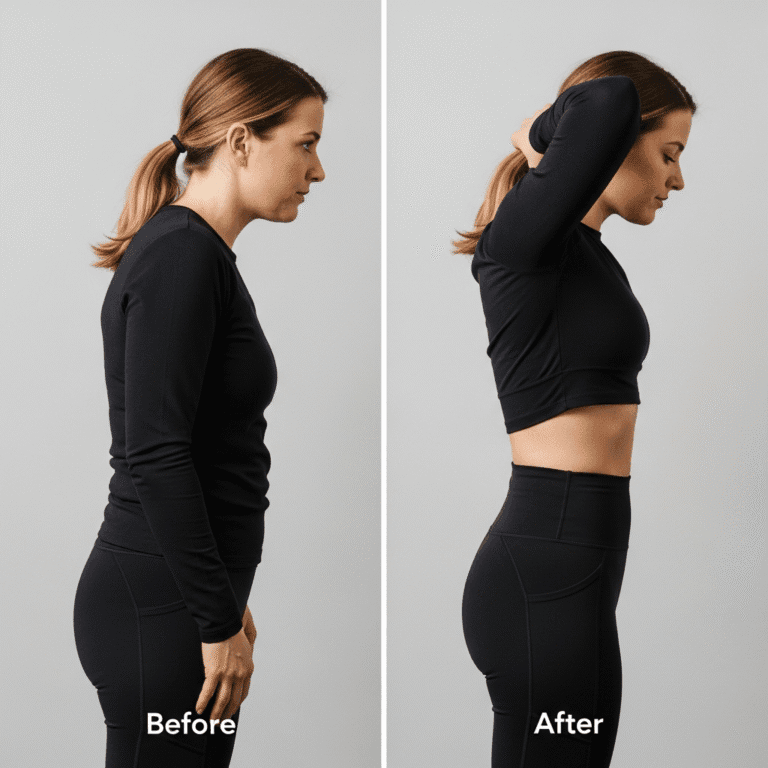FREE SHIPPING OVER $50
Trainers Swear by These 8 Beginner Exercises—And They’re Safer Than You Think
When you’re just starting your fitness journey, stepping into the gym can feel overwhelming. There’s no shortage of flashy machines, intense workout routines, and contradictory advice online. But here’s the good news—getting fit doesn’t require complicated moves or risky exercises. In fact, many certified personal trainers recommend keeping it simple.
This article breaks down eight beginner-friendly exercises that trainers consistently recommend—not only because they’re incredibly effective, but because they’re also low-impact, low-risk, and easy to master. Whether you’re working out at home or in a gym, these exercises are designed to help you build a strong foundation and avoid injury.
But first, let’s quickly address why safe exercises matter so much for beginners.
Why Safety Matters More Than You Think

Starting your fitness journey the right way is crucial. Going too hard too fast or picking the wrong exercises can lead to injuries, frustration, and burnout. That’s why professional trainers often emphasize functional, bodyweight, or machine-assisted movements that focus on form, stability, and control.
Building strength and endurance doesn’t require complicated routines—it’s about consistency, correct technique, and exercises that gradually challenge your body.
Ready to move with confidence? Let’s dive into the top eight beginner exercises trainers swear by.
The 8 Safest Beginner Exercises Trainers Recommend
1. Bodyweight Squats: Build Lower Body Strength Without Equipment
This fundamental movement targets your glutes, quads, hamstrings, and core. Bodyweight squats teach proper alignment and help improve balance and coordination. Trainers love it because it translates directly to everyday movements like sitting and standing.
Pro Tip: Keep your heels planted, chest up, and knees aligned with your toes.
2. Wall Push-Ups: A Gentle Upper Body Starter
If traditional push-ups feel intimidating, wall push-ups are the perfect alternative. They strengthen your chest, shoulders, and triceps while putting minimal strain on your joints. They’re also great for practicing form before progressing to floor push-ups.
Pro Tip: Start with your hands slightly wider than shoulder-width apart and maintain a straight line from head to heel.
3. Glute Bridges: Activate Your Posterior Chain
Glute bridges are a favorite among trainers for targeting the glutes and hamstrings while also engaging the core. They’re especially helpful if you sit for long periods during the day and need to strengthen your lower back and hips.
Pro Tip: Squeeze your glutes at the top and avoid over-arching your lower back.
4. Bird-Dog: Improve Core Stability and Balance
This slow, controlled movement helps build core strength, improve coordination, and protect your spine. Trainers love recommending it to beginners because it teaches proper muscle engagement while reducing the risk of injury.
Pro Tip: Keep your hips square and move slowly for maximum control.
5. Seated Rows (Cable or Resistance Band): Strengthen Your Back Safely
Rows are one of the best ways to target your upper back, rear shoulders, and biceps. The seated variation—whether done with a cable machine or resistance band—allows beginners to control the range of motion and avoid overexertion.
Pro Tip: Pull with your back muscles, not just your arms, and keep your shoulders down.
6. Step-Ups: Functional and Beginner-Friendly Cardio Strength
Step-ups mimic the natural movement of climbing stairs, making them both functional and effective. They target the legs and glutes while challenging your balance and cardiovascular endurance.
Pro Tip: Start with a low step and increase height as you get stronger. Push through your leading heel.
7. Dead Bugs: A Core Trainer’s Secret Weapon
Despite the odd name, dead bugs are one of the safest and most effective core exercises. They train the deep abdominal muscles while minimizing strain on the neck and lower back.
Pro Tip: Keep your lower back pressed into the floor and move opposite limbs slowly and deliberately.
8. Stationary Lunges: Build Strength and Coordination
Lunges help strengthen the quads, hamstrings, and glutes while also improving stability. Stationary lunges are a great entry point before progressing to walking or jumping variations.
Pro Tip: Keep your front knee stacked over your ankle and lower with control.
How to Put It All Together
You don’t need to do all eight exercises in every session. Instead, rotate through them 2–3 times a week depending on your goals and recovery. A sample beginner workout might look like this:
- Warm-up (5 minutes of dynamic stretches or light cardio)
- Circuit (2–3 rounds):
- 10 bodyweight squats
- 10 wall push-ups
- 12 glute bridges
- 8 bird-dogs (each side)
- 12 seated rows
- 10 step-ups (each leg)
- 10 dead bugs
- 8 stationary lunges (each leg)
Finish with light stretching or foam rolling. As your strength and confidence grow, you can increase reps, add resistance, or progress to more advanced variations.
Final Thoughts
Safe, beginner-friendly exercises don’t have to be boring or ineffective. In fact, many experienced lifters still incorporate these foundational moves into their routines. They build real-world strength, improve mobility, and create the base for more advanced training down the line.
Most importantly, starting with smart, sustainable workouts will help you stay consistent, injury-free, and motivated. Trust the trainers—sometimes the simplest moves really are the most powerful.



